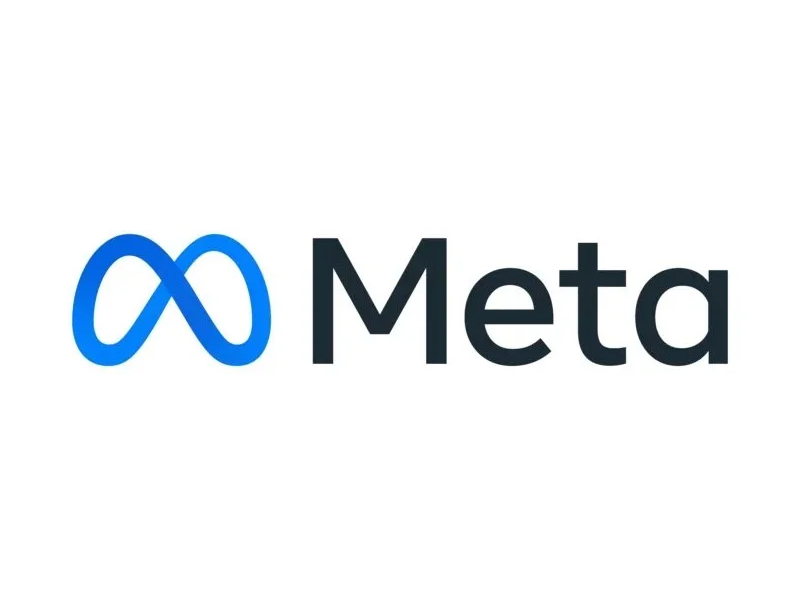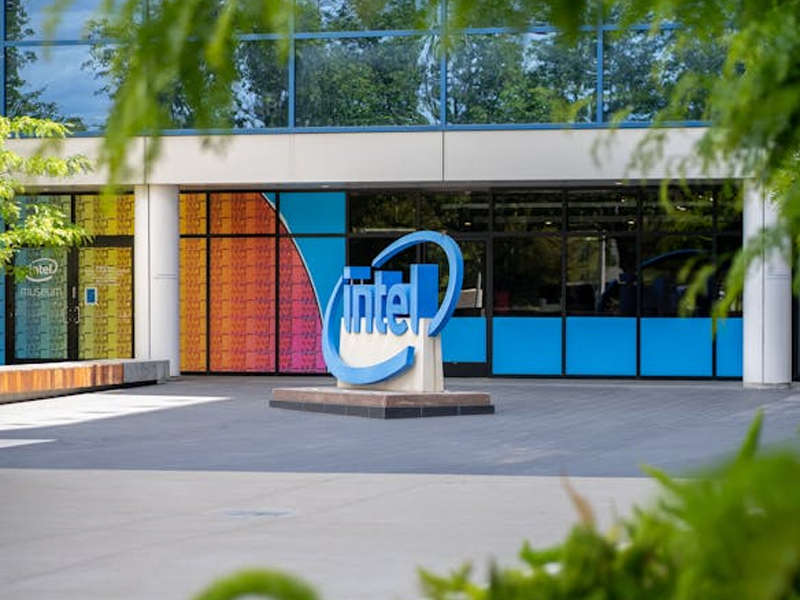Microsoft’s HOLOLENS to be fully wireless
Uncategorized
 Microsoft’s HOLOLENS is the reality headset by Microsoft and technical evangelist Bruce Harris has unveiled new details for this device. An event in Tel Aviv recorded Harris saying that that any universal Windows 10 app will run natively on the device, as we’ve already heard, and that developers will naturally need to create 3D apps to realize the HoloLens’ full potential. Apart from these stuff Harris also talked about how the device features Bluetooth and Wi-Fi, describing it as “totally wireless.” He also confirmed that a wired version of the HoloLens would not be available.
It is to be noted that while many companies are investing in virtual reality which is making huge strides in consumer market now, Microsoft has taken a more augmented reality approach with the HoloLens.
For the question on its battery backup it is said to be that HoloLens will be very much like a laptop, meaning that it may last upto 5.5 hours of basic use, and 2.5 hours of high-intensity use which completely reasonable for any common user.
However the best part is that the HoloLens will apparently be able to connect with other units, including over the Internet which means that HoloLens owners will thus be able to share experiences with other HoloLens users, viewing an object together at the same time. The experience will naturally depend on the available bandwidth, like for any Internet-connected device.
So this device which has been given so much of a hype has an exorbitant price tag of $3000 for developers with the release date still not announced. With all the wonderful features that the HOLOLENS features it is the cost alone that puts it at the backstage. Stay tuned for more info on Microsoft’s HOLOLENS.
Microsoft’s HOLOLENS is the reality headset by Microsoft and technical evangelist Bruce Harris has unveiled new details for this device. An event in Tel Aviv recorded Harris saying that that any universal Windows 10 app will run natively on the device, as we’ve already heard, and that developers will naturally need to create 3D apps to realize the HoloLens’ full potential. Apart from these stuff Harris also talked about how the device features Bluetooth and Wi-Fi, describing it as “totally wireless.” He also confirmed that a wired version of the HoloLens would not be available.
It is to be noted that while many companies are investing in virtual reality which is making huge strides in consumer market now, Microsoft has taken a more augmented reality approach with the HoloLens.
For the question on its battery backup it is said to be that HoloLens will be very much like a laptop, meaning that it may last upto 5.5 hours of basic use, and 2.5 hours of high-intensity use which completely reasonable for any common user.
However the best part is that the HoloLens will apparently be able to connect with other units, including over the Internet which means that HoloLens owners will thus be able to share experiences with other HoloLens users, viewing an object together at the same time. The experience will naturally depend on the available bandwidth, like for any Internet-connected device.
So this device which has been given so much of a hype has an exorbitant price tag of $3000 for developers with the release date still not announced. With all the wonderful features that the HOLOLENS features it is the cost alone that puts it at the backstage. Stay tuned for more info on Microsoft’s HOLOLENS.
You Might Be Interested In:
Frequently Asked Questions?

01
Tech news
Tech for a Greener You: Apps to Empower Your Sustainable Lifestyle
May 3, 2024

01
Internet of Things
Tesla’s Robotaxi: A Driverless Future on the Autobahn (or Freeway)?
May 2, 2024

01
AI & ML
Meta Llama 3: Jack of All Trades, Master of None (But Still Free!)
May 1, 2024

01
Blockchain Technology
Mixed Signals: Decoding Intel’s Stock Slump Despite Earnings Beat
Apr 29, 2024
SUSBSCRIBE TO OUR NEWSLETTER
Join our subscribers list to get the latest news and special offers.
Tech for a Greener You: Apps to Empower Your Sustainable Lifestyle
Tesla’s Robotaxi: A Driverless Future on the Autobahn (or Freeway)?
Meta Llama 3: Jack of All Trades, Master of None (But Still Free!)
Don’t Trash Your Tech! Combating E-waste & Embracing Responsible Gadget Disposal